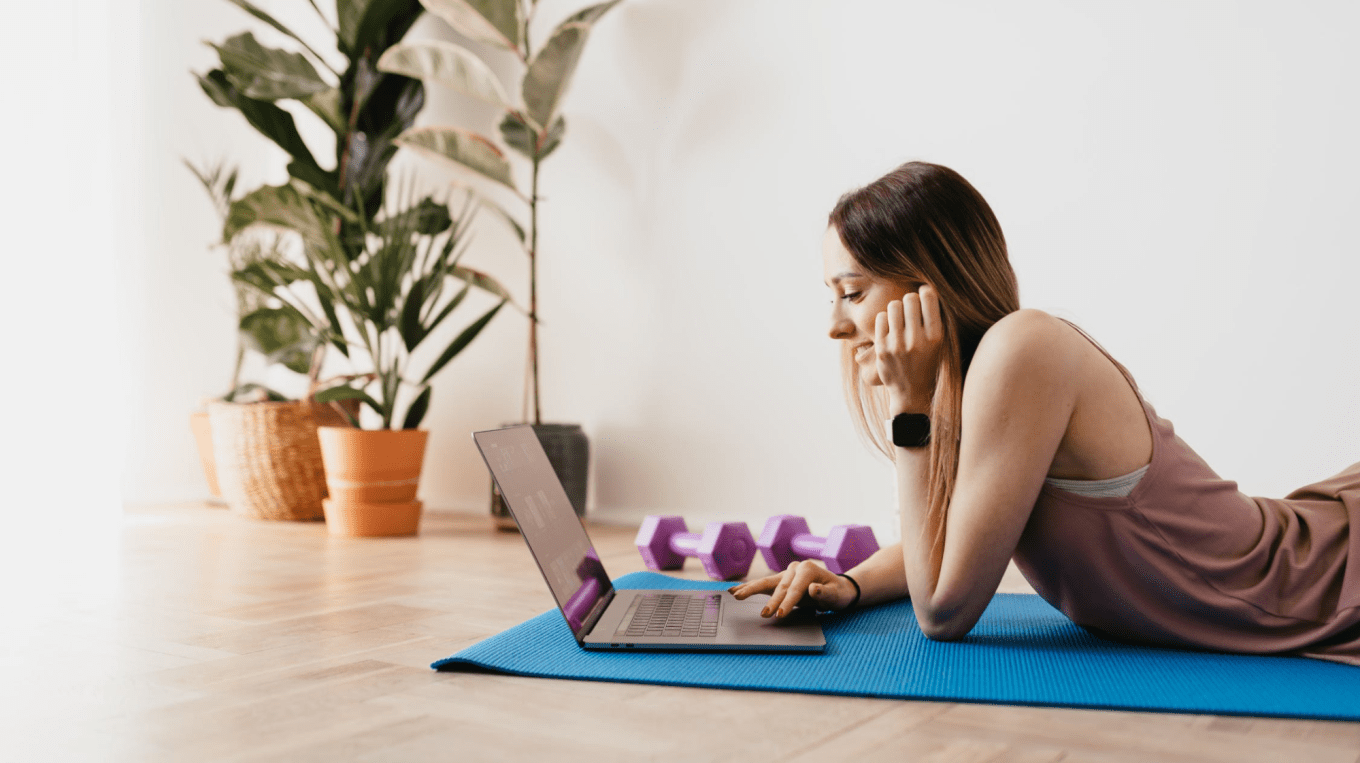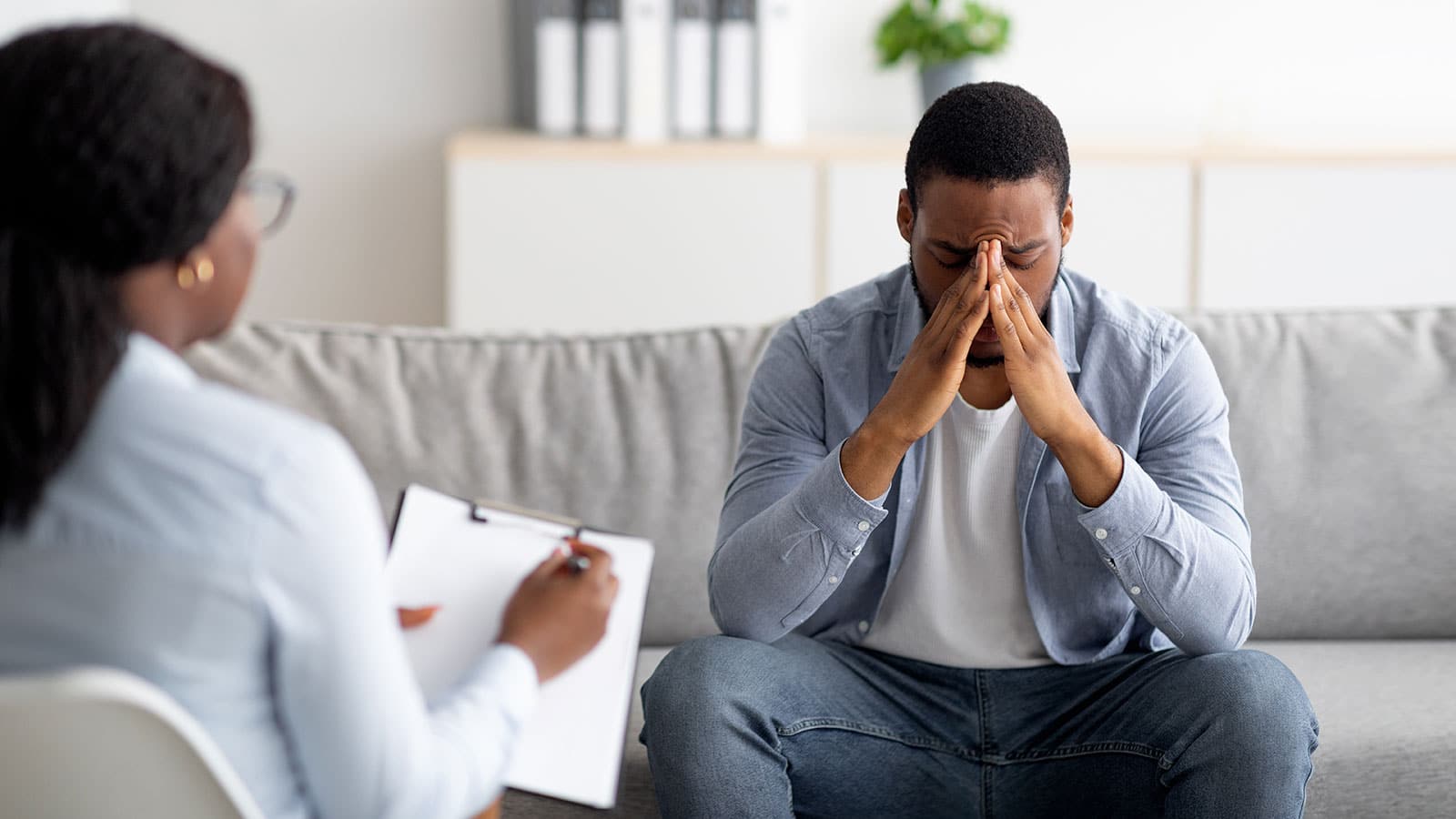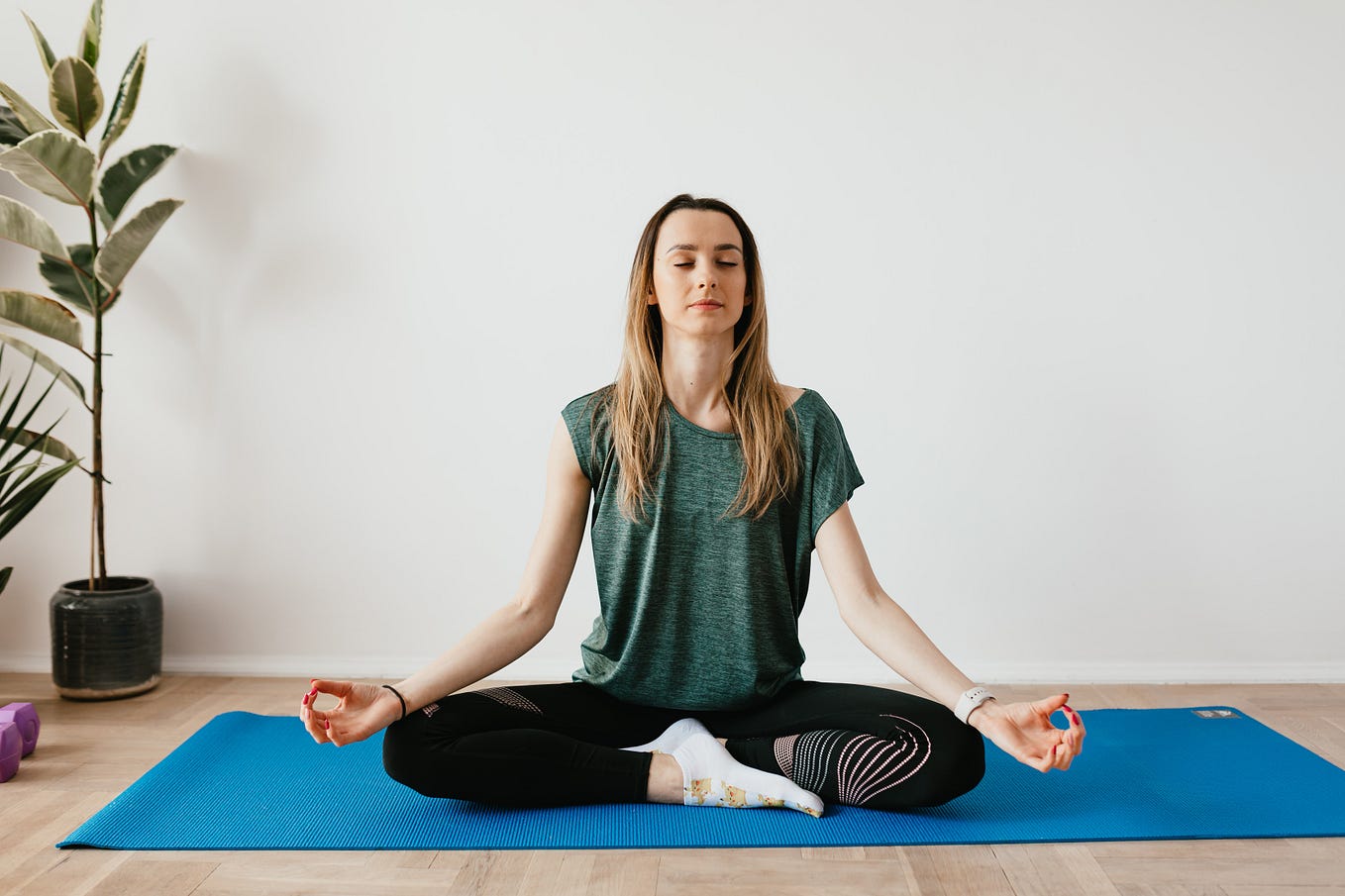When your doctor says, “You have high blood pressure,” the words can feel heavy—like something invisible just took control of your body. You might not feel any different, and yet suddenly, you’re told you need to manage something serious every single day. It’s scary, frustrating, and confusing all at once.
But here’s the truth: you have more control than you think, and it starts right in the place you know best—your home. High blood pressure (also called hypertension) is manageable, and often, the small choices we make each day hold the greatest power. Whether it’s what you eat, how you move, how you breathe, or how you manage stress, your home is your healing ground.
This blog is your go-to guide to taking back control—not with fear, but with confidence, understanding, and doable steps you can start today. Because your health doesn’t wait for perfect moments—and neither should you.
Understanding What High Blood Pressure Really Means and Why It’s So Important to Take It Seriously
Before we dive into how to manage high blood pressure at home, let’s understand what it truly means. Your blood pressure measures how hard your blood is pushing against the walls of your arteries.
It’s written as two numbers
- Systolic (top number): the pressure when your heart beats
- Diastolic (bottom number): the pressure when your heart rests between beats
Normal blood pressure is typically below 120/80. Anything consistently higher than that, especially 130/80 or more, is considered high—and that matters. Why? Because over time, high blood pressure silently damages your arteries, making your heart work harder and increasing the risk of heart disease, stroke, kidney problems, and more.
It’s called the silent killer for a reason. You might feel fine—but your body could be under stress. The good news? Catching it early and making simple lifestyle changes can dramatically lower your risk and improve your life. And yes—you can do this from home.
How to Monitor Your Blood Pressure at Home Accurately (and Without Obsessing Over the NUMBERS)?
The first step in managing high blood pressure is tracking it consistently at home. This helps you and your doctor understand how well your lifestyle or medications are working. But it doesn’t mean checking it ten times a day or panicking over every spike.
Here’s how to do it calmly and correctly:
- Invest in a reliable digital blood pressure monitor. Make sure it’s approved and easy to use.
- Measure at the same time daily—morning and evening are great.
- Sit calmly for 5 minutes before measuring, feet flat on the floor, back supported, and arm at heart level.
- Take two readings a minute apart and log the average.
- Don’t let one high reading ruin your day. Look for patterns over time.
Making Heart-Friendly Food Choices Without Feeling Like You’re Giving Up Everything You Love
Let’s be real—changing your eating habits can feel like the biggest mountain to climb. Especially if you’ve grown up enjoying rich, salty, or fried foods. But managing blood pressure doesn’t mean bland meals or constant restriction. It means learning to fuel your body in a way that protects it—without sacrificing flavor.
Here’s what helps:
- Cut back on salt—but don’t eliminate taste. Try herbs, lemon juice, garlic, or salt-free seasoning blends.
- Eat more potassium-rich foods like bananas, sweet potatoes, spinach, and avocados to balance out sodium.
- Go easy on processed foods. They’re often loaded with hidden sodium—even in “healthy” options.
- Enjoy whole grains, lean proteins, and healthy fats (think salmon, nuts, olive oil).
- Hydrate! Drinking water helps regulate blood pressure and reduce bloating.
Try thinking of it this way: you’re not giving up food you love—you’re discovering new ways to love your food and your heart at the same time.
Simple Movement at Home That Makes a Big Difference Without Feeling Overwhelmed by Exercise
Exercise doesn’t have to mean gym memberships, running marathons, or turning your living room into a CrossFit studio. When it comes to blood pressure, consistent, gentle movement is far more effective than intense, sporadic workouts.
Here’s how to build movement into your home life
- Walk for 20–30 minutes daily—even in your backyard or around your house.
- Try online yoga or tai chi videos to stretch, breathe, and build calm.
- Dance while cooking, clean to music, or stretch during TV commercials.
- Use resistance bands or light weights while watching your favorite show.
The goal isn’t perfection—it’s momentum. Regular movement strengthens your heart, improves circulation, reduces stress, and over time, helps lower your blood pressure naturally.
Stress and Sleep: Two Often Overlooked Factors That Have a Major Impact on Your Blood Pressure
If you’re doing all the “right” things—eating healthy, exercising, taking medications—and still not seeing results, there’s a chance stress and sleep are quietly undoing your efforts.
Chronic stress triggers your body’s “fight or flight” response, releasing hormones that tighten your blood vessels and raise your pressure. Add poor sleep to the mix, and your body stays in overdrive.
Here’s how to reset:
- Practice deep breathing or mindfulness for just 5–10 minutes a day. It lowers stress hormones and calms your nervous system.
- Stick to a consistent bedtime. Aim for 7–8 hours of restful sleep.
- Avoid screens an hour before bed. Blue light disrupts your natural sleep rhythm.
- Create a calming bedtime ritual—like reading, light stretching, or warm tea.
Partnering with Your Provider—Even From a Distance—Makes Your Home Care More Effective
Managing blood pressure at home doesn’t mean doing it alone. In fact, regular communication with your healthcare provider makes all the difference. Thanks to telehealth, you don’t even need to leave your home to get expert guidance.
Here’s how to make the most of it
- Share your home readings during virtual check-ins.
- Ask about adjusting medications or doses based on trends.
- Be honest about your struggles—whether with side effects, diet, or stress.
- Discuss mental health openly. Anxiety and depression can affect blood pressure, and your provider may offer psychiatric support.
Remember: telehealth makes care more flexible, not less personal. Your provider is your partner—and regular check-ins help catch issues early and celebrate progress as it happens.
Small Steps, Big Change—Taking Care of Your Blood Pressure at Home is Possible and Powerful
Managing high blood pressure at home may feel like a big responsibility—but it’s also a powerful opportunity. Each day, with each choice, you’re building a healthier future for your heart, your body, and your peace of mind. And no, it doesn’t require perfection—it simply requires consistency, awareness, and self-compassion.
When you understand your condition, track your numbers, eat mindfully, move gently, reduce stress, and stay connected with your provider—you turn your home into a healing space. And you take ownership of your health in the most personal way.
So don’t wait for a wake-up call. Start today, one small change at a time. Because your heart deserves care, your body deserves support, and you deserve to feel empowered—not overwhelmed.




